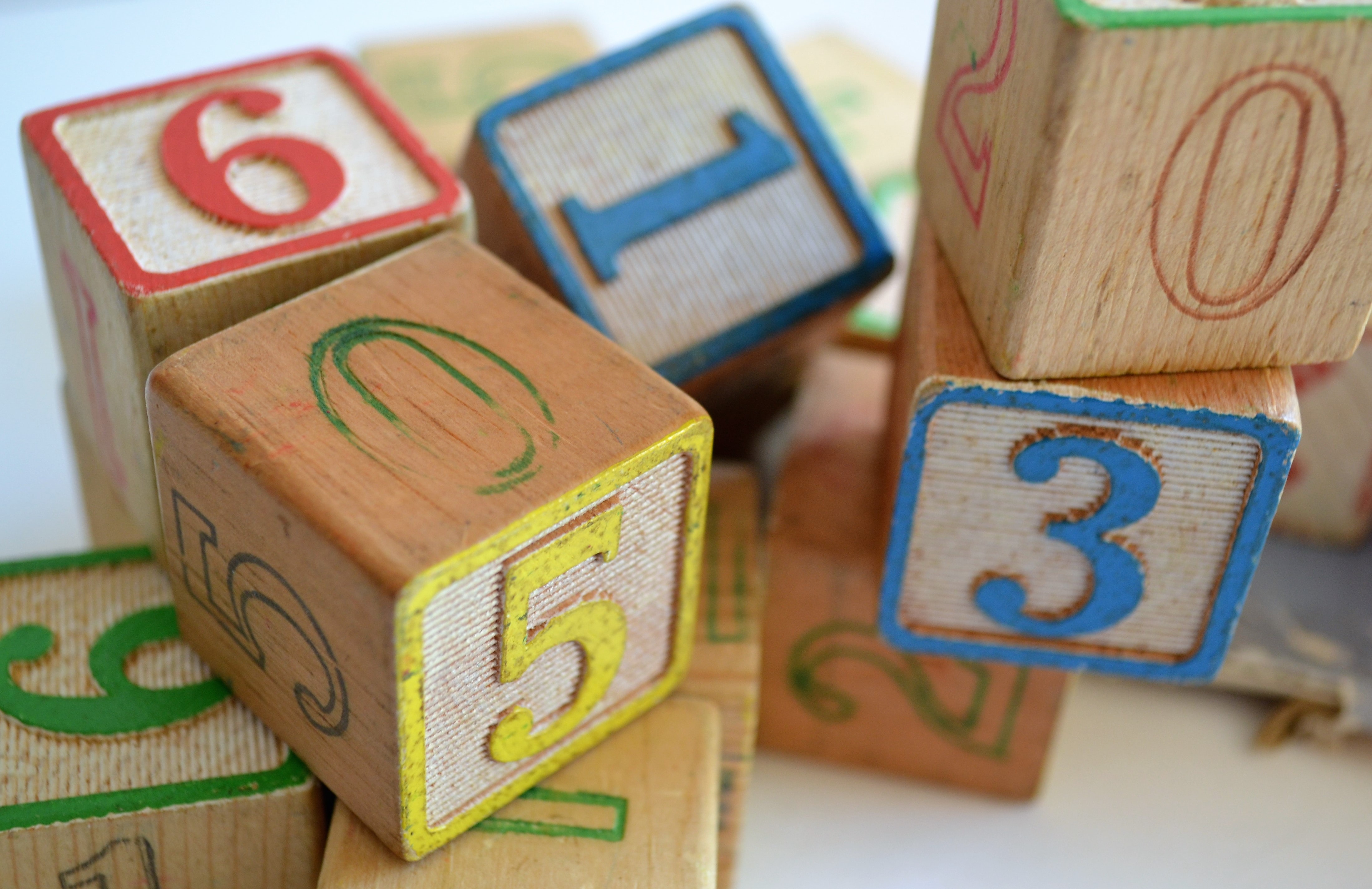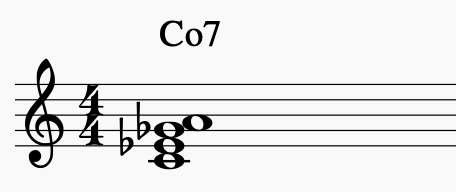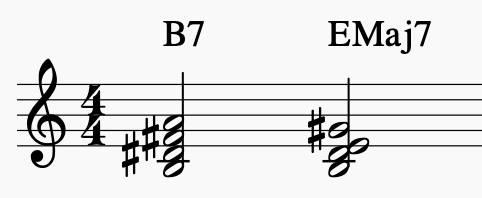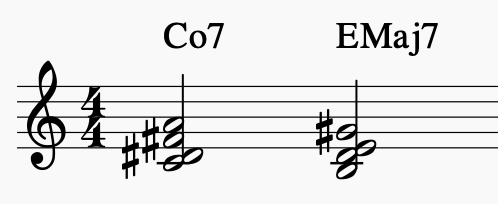The Pippinpotato Corner All things pippin and potato
All About Diminished Chords
6 minute read

I love diminished seventh chords and you should too.
- The Chord
- Whole-Half Scale
- Alterations
- Relationship to the Dominant Chord
- Function of the Diminished Seventh Chord
- Usefulness in Reharmonizations
- Final Note
The Chord
The diminished seventh chord is four minor thirds stacked on top of each other.

A unique trait of diminished seventh chords is that when you invert a diminished seventh chord you just get another diminished seventh chord in root position. Take a look at the example below.

Whole-Half Scale
The scale associated with the diminished chord is the whole-half scale. It’s an 8-note scale that alternates between whole steps and half steps.

Let’s try looking at the whole-half scale a minor third up: the E♭ whole-half scale.

Notice that these are the same notes as the C whole-half scale! It’s no accident that the E♭ diminished 7 is also just an inversion of the C diminished 7. There is some nice symmetry at play here. As a result, there are only three total whole-half scales as well as three total different diminished chords (by this I mean that C, E♭, G♭, and A all are the “same” diminished chord because they all contain the same notes).
Alterations
You can make alterations to diminished 7 chords by moving any note up a whole step. This makes sense because the scale associated with the diminished 7 chord is the whole-half scale. Try playing the C diminished 7 and then moving each note up a whole note one at a time. You’ll see that the resulting note is also in the C whole-half scale.

Relationship to the Dominant Chord
One scale that sounds great over a dominant 7 chord is the half-whole scale. This is just the opposite of the whole-half scale, where instead of starting with a whole step from the bottom note, you start with a half step. The key to understanding why the half-whole scale sounds good with a dominant 7 chord is found in with the relationship between the dominant 7 chord and the diminished 7 chord.
Let’s look again at the C diminished 7. Try moving the C—and only the C—down a half step. What we have here is a B dominant 7 chord. Note that D♯ is the same thing as E♭ and F♯ is the same thing as G♭.

This should be very telling about the close relationship between the dominant chord and the diminished chord—when you are hearing a diminished chord, you’re hearing a close relative of the dominant chord. Now let’s create the B half-whole scale.

You’ll notice that this is the exact same as the C whole-half scale, but starting on B.
Function of the Diminished Seventh Chord
The function of the diminished 7 chord is equivalent to the function of the dominant 7 chord.
The tension of the dominant 7 chord comes from the tritone interval (interval of an augmented fourth) between the 3rd and 7th degrees. In the B dominant 7 chord this is the E♮ and A. This is an interval of high tension that wants to be resolved. In this case, E major 7 is an appropriate resolution.

Now let’s look at the corresponding diminished chord, C diminished 7. Remember, this is the same as B dominant 7 except that we move the first note up a half step. This preserves the tritone between the 3rd and 7th degrees and also creates a new one between the 1st and 2nd degrees—C and F♯ is also a distance of a tritone.
Now we get a chord that has even more tension than the B dominant 7. When we resolve this C diminished 7 chord to an E major 7, we let out an even bigger sigh of relief.

Usefulness in Reharmonizations
As you may have inferred from earlier, diminished 7 chords are a great substitution for dominant 7 chords. Let’s look at this excerpt from “My Foolish Heart.”

Now let’s try substituting in an A♭ diminished 7 for the G dominant 7 in the 2nd measure (not counting the pickup as a measure). Note that I’ve inverted the A♭ diminished 7 chord for better voice leading.

Notice how the subsituted A♭ diminished 7 chord has more tension and a greater tendency to want to be resolved.
Another reharmonization technique is adding a diminished chord before a major or minor 7 chord. Let’s look at another excerpt from “My Foolish Heart.”

We can add a E diminished 7 chord before the F-7 in the last measure like so:

The trick here is to look at the root of the chord you’re approaching—F in this case, go a half-step below and build a diminished chord off of that. So in this case, a half-step below F is E, and we get E diminished 7 which sounds wonderful. It sounds especially wonderful here because the two notes that are being playing over the E diminished 7 chord (C and B♭) are both in the E whole-half scale.
To go in depth about why this trick works, this boils down to a V-I reharmonization. With a V-I reharmonization, we would add a C7 before the F-7. Remember from above that we can substitute a C7 by moving the root note up a half-step to create a C♯ diminished 7. We then can invert C♯ diminished 7 to get E diminished 7.

Final Note
Diminished chord reharmonizations and the whole-half, half-whole scales are great tools to have in your arsenal when playing jazz. They are great for creating tension. The alterations are also good to know so that you can create more interesting diminished chords as well. For an in-depth system for integrating diminished chords with your playing, check out the Barry Harris sixth diminished scale.
Written on June 14th, 2020 by Chris Cheung